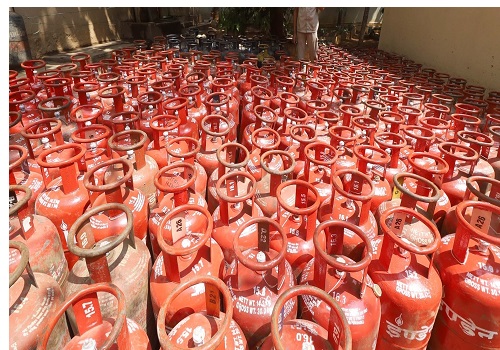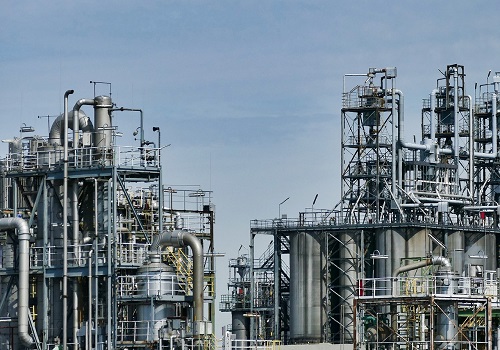Chemical Sector Updates : Decoding The Fluorine Chemistry - Emkay Global Financial Services Ltd
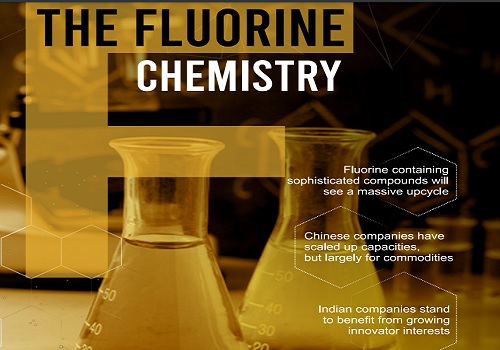
Follow us Now on Telegram ! Get daily 10 - 12 important updates on Business, Finance and Investment. Join our Telegram Channel
Organic fluorine molecules are increasingly becoming ingredients of newer agrochemicals, pharmaceuticals, and electronic chemicals. Earlier, Chlorine and Hydroxyl groups were used due to their abundant availability and ease of handling. This was mainly because fluorine imparts desirable properties such as metabolic and thermal stability, increased bioavailability, and lipophilicity in fluorinated compounds, making their applications much more attractive for different end-uses. Fluorine handling is challenging, given its high reactivity; only a limited number of players have fluorine handling experience and are now reaping the benefit of the structural acceptance of fluorinated compounds. In the new products pipeline, fluorine penetration has surged to 50% from 30% for agrochemicals and to 40% from 20-25% for pharmaceutical molecules, over the last few years. Sophisticated molecules that are more heterocyclic and complex in nature are expected to be at the forefront of this structural shift.
Fluorine-containing sophisticated compounds will see a massive upcycle
Based on our interactions with several global experts in fluorine chemistry, the structural shift in fluoro-agrochemicals and fluoro-pharmaceuticals will be more skewed towards sophisticated molecules. Sophisticated molecules are more heterocyclic, possibly, with a pyrazole or pyridine ring attached to them. Companies that already have basic building blocks in place and are integrated across the value chain will be able to penetrate such molecules much faster. De-risking the key raw material (RM)/building block will be crucial for companies, going ahead. We believe some Indian companies have such capabilities and are well-positioned to capitalize on these opportunities.
Chinese companies have scaled up capacities, but largely for commodities
The past five years have seen aggressive capacity expansions by Chinese players in
fluorine chemicals. Such expansions have been largely skewed towards commodity-grade
fluorine chemicals. China has ~65% share of the global hydrofluoric acid (HF) capacity.
Chinese players have increased their overall refrigerant-gases capacity by 50% over
FY18-20 and nearly doubled their fluoropolymers capacity over FY21-23. They have also
pushed up their fluorine containing fine-chemical capacities by ~2x, a large part of which
is towards commodities or basic building blocks. China’s self-sufficiency in refrigerants,
fluoropolymers and fluorine fine chemicals is over 200%. Policies related to the protection
of fluorspar resources are gradually tightening in China, and supervision is increasing.
Indian companies stand to benefit from growing innovator interests
Navin Fluorine (NFIL), SRF, and Gujarat Fluorochemicals (GFL) have developed competencies in fluorine chemistry over the past few decades. Anupam Rasayan (Anupam) with its strategic acquisition of Tanfac has secured access to the key RMs and is gradually ramping up its fluorination capabilities. Most of these players have announced huge capex plans, totaling ~Rs200bn over the next 5 years, especially in their fluorine business, indicating a long growth runway. We believe contract manufacturers with established fluorine building blocks, integrated value chains, and expertise in synthesis at all scales will be in a sweet spot to capture such opportunities. We initiate coverage on the sector with a BUY on SRF/Anupam, HOLD on NFIL, and SELL on GFL.
For More Emkay Global Financial Services Ltd Disclaimer http://www.emkayglobal.com/Uploads/disclaimer.pdf &
SEBI Registration number is INH000000354
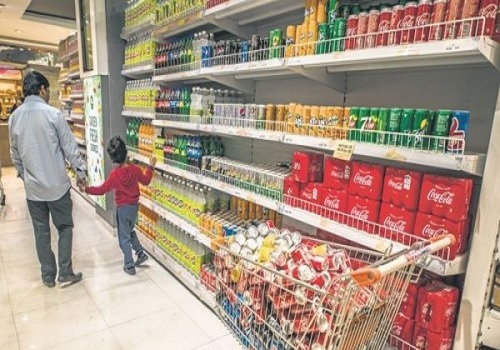



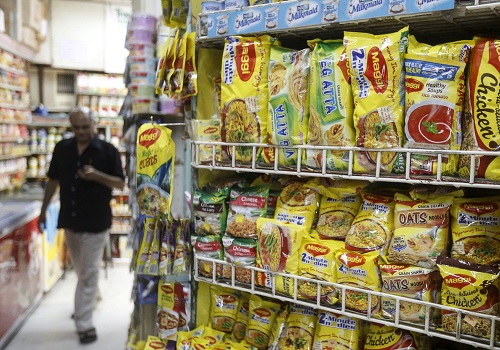





More News

Logistics Sector Update :Sound performance amid lofty expectations By Emkay Global Financial...









